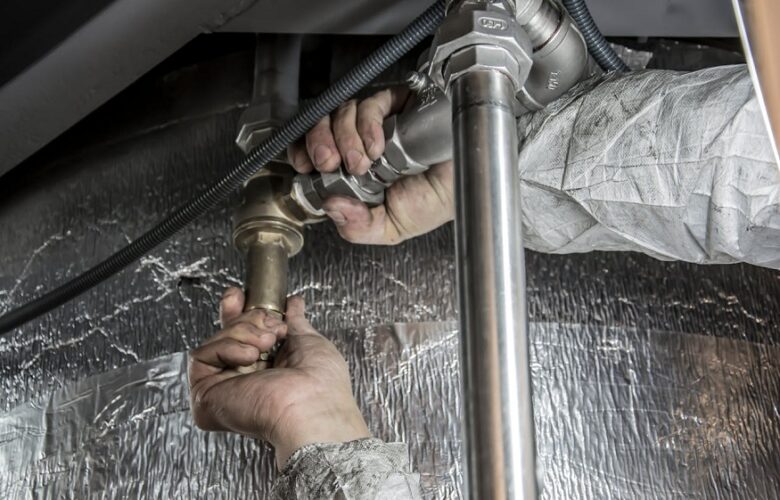Online security is critical to protect a website’s confidential and sensitive information from leaking to hackers or getting compromised by online attackers. Many web hosting solutions come with advanced security mechanisms, like SSL certificates, CodeGuard, and others. One such security mechanism is Leech Protection in cPanel. It can be used for Linux Web Hosting solutions.
This article will explain what leech protection is and how it helps prevent users from publicly posting their usernames and passwords.
What is Leech Protection?
Leech protection is a security practice or interface that prevents users from publicly entering their sensitive information, such as usernames and passwords, on unsecured platforms or on a website’s restricted area. When users publicly post their usernames and passwords, unauthorized and malicious entities can avail this information and access private and secure website areas of your Linux Hosting website. This practice is known as leeching.
cPanel limits the number of times a user can enter this information to access restricted areas every two hours to protect against leeching practice. However, supposing that users still try to log in beyond their login limit, the website owner can redirect them to another URL, or send them an alert email, or even disable or suspend their website account or Shared Web Hosting account if their website is hosted on a Shared Server.
You can use the leeching feature by following the below steps:
- Log in to your cPanel.
- Navigate to Security.
- Choose the Leech Protection option.
Enabling Leech Protection
Perform the steps mentioned below to enable leech protection on your website:
- Click on “Settings” and select the exact location where you wish to start the navigation. The locations that would appear are:
- Web Root (public_html or www): it will begin the navigation for a primary domain in the document root.
- Document Root for: it is used for selecting the domain for which you wish to start your navigation from the drop-down menu.
- Ensure to check the “Always Open this directory in the future” checkbox always to open your Step 1 selection.
- Click on “Save Changes”.
- The next step is to select or navigate to the folder you desire to protect by clicking on the relevant folder icon. This will open a new interface.
- Enter the maximum number of user logins you wish to allow your customers within two hours.
- Enter the URL you wish to redirect your users to once they exceed the maximum login attempts.
- Check the “Send Email Alerts to” checkbox for the system to send email alerts to specific email addresses once the leech protection is activated.
- Check the “Disable Compromised Accounts” checkbox to suspend or disable the accounts that trigger leech protection.
- Click on “Enable”.
Disabling Leech Protection
Perform the steps mentioned below to disable leech protection:
- Navigate to the directory and select the folder you wish to disable by clicking on the folder icon.
- Click on “Disable”.
Manage Users
You can add, modify, and delete users by performing the following steps:
- Navigate to the directory for user-level protection and click on the relevant folder icon to navigate to a different folder.
- Select the desired folder by clicking on its name. A new interface will appear after the selection.
- Click on “Manage Users” to go to the cPanel’s directory privacy interface.
Summing Up
Leech protection is critical to protecting your customers’ login credentials and preventing hackers from accessing your website or your customers’ accounts. Moreover, it is a great feature offered by hosting plans. While buying hosting plans for your website, you need to consider security aspects also, apart from the resource and price perspectives. Buy hosting solutions that offer leech protection for your website.




